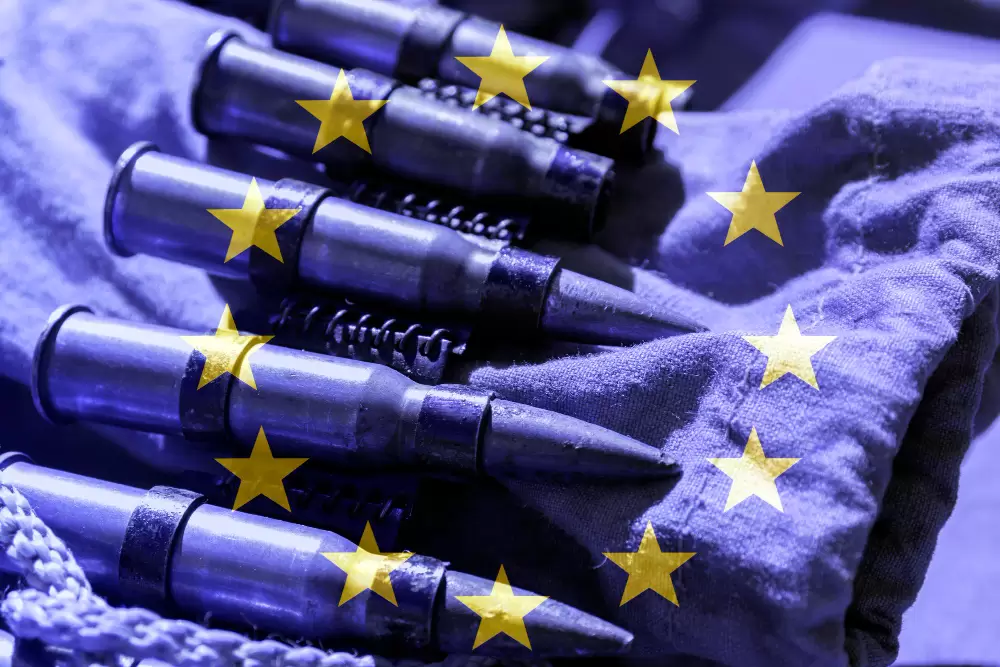In an effort to adjust to the new strategic reality, the EU is trying to make it easier for member-states to strengthen Europe’s defences. Success or failure depends on them.
Europe is navigating an era of turbulence. America’s diminished interest in Europe’s security has sharpened the threat from Russia, and made clear to Europeans the urgency of strengthening long-neglected defences. The EU is trying to facilitate that process: on March 19th the Commission released a White Paper for European Defence, together with detailed proposals to implement the ReArm Europe plan that had been announced by Commission President Ursula von der Leyen two weeks earlier. The Commission’s objective is to boost Europe’s defence spending by up to €800 billion.
The rationale of the EU’s proposals is that Europeans have not invested enough in their defences, while threats are growing. A possible Russian victory in Ukraine is likely to encourage further aggression, not least as Russian President Vladimir Putin has moulded an economy suited for war. Moscow’s military capabilities are growing while Europe faces large capability gaps, and its defence industry remains unable to produce equipment at the required speed and volume. According to the White Paper, increasing support for Ukraine “is the immediate and most pressing task for European defence”. At the same time, “a massive increase in European defence spending is needed” to “prevent a potential war of aggression.”
With its recent initiatives the EU is building on its role as an ‘enabler’ of a stronger European security posture. The Commission recognises that member-states are in the driving seat, and that NATO is the institutional framework though which most of them organise their defences. The EU’s role is to remove any legislative and regulatory obstacles that stand in the way of strengthening European security, to provide additional financial resources, and to steer member-states towards co-operation by co-ordinating their efforts. In that sense both the White Paper and the ReArm Europe plan build on the EU’s Defence Industrial Strategy released last year, and on its accompanying European Defence Industry Programme (EDIP), which is still under negotiation in the European Parliament and the Council of Ministers.
This paper assesses the main elements of the EU’s most recent proposals.
About the Author
Luigi Scazzieri is assistant director at the Centre for European Reform.


